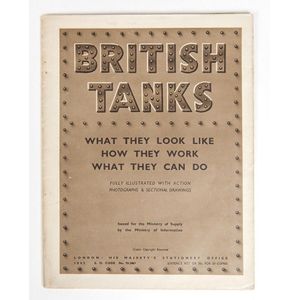Modernist 3 Stone Diamond Ring, 1.20ct, 18ct Gold
You must be a subscriber, and be logged in to view price and dealer details.
Subscribe Now to view actual auction price for this item
When you subscribe, you have the option of setting the currency in which to display prices to $Au, $US, $NZ or Stg.
- Brilliant Cut - In their naturally occuring state diamonds have little life or sparkle and for many centuries were simply cut in half and worn in amulets. Invented at the end of the 17th century by a Venetian diamond cutter, a "brilliant cut" diamond has 58 facets arranged in a regular geometric relationship, with 33 above the crown and 25 below on the pavilion.
The introduction of the brilliant cut increased the popularity of diamonds in jewellery as it was the first cut to reveal the fire of the diamond, with the light being internally reflected from one facet to another, and was superior to the previously used table cut and rose cut.Variants to the brilliant cut have emerged since the end of the 17th century, but the popularity of the original brilliant cut has continued to the present time, where it is still the most commonly found cut.
. - Modernism / Modernist - Modernist furniture and design emerged in the early to mid-20th century as a response to traditional styles of the 19th century and prior times, and a reflection of the technological and social changes of the time. Characteristics of Modernist furniture and design include simplicity and minimalism and clean lines and a lack of unnecessary ornamentation are key features. That form follows function is a fundamental principle of Modernist design, and furniture and objects are designed with a focus on their practical use.
Modernist furniture often incorporates geometric shapes, such as cubes, rectangles, and circles. This reflects a departure from the more ornate and curvilinear forms of previous design styles. The furniture often prioritizes ergonomic design, ensuring that objects are comfortable and user-friendly. Modernist designers aimed to create designs that could be mass-produced, making good design accessible to a broader population.
Prominent figures associated with Modernist furniture and object design include designers such as Hans Wegner, Verner Panton, Florence Knoll, Harry Bertoia and Ettore Sottsass - Shank - In jewellery, the shank of a ring is the hoop which encirles the finger.
This item has been included into following indexes:
- rings, diamond solitaire
- rings, types - dress, gold 2,367
Visually similar items

Two hallmarked sterling silver baby photo frames. Embossed with childhood decorations with space for engraving of weight, date & name. London 1986. 15 x 12 cm (2)

A Germanic silver Corinthian column candlestick, on a square base, marked 835, total weight 775gm, 28 cm high

c1942 World War II era poster 'BRITISH TANKS' printed in London by His Majesty's Stationery Office. 100 x 76 cm

A Royal Doulton blue and white floral decorated jardiniere. 32 cm high, 38 cm diametre.
